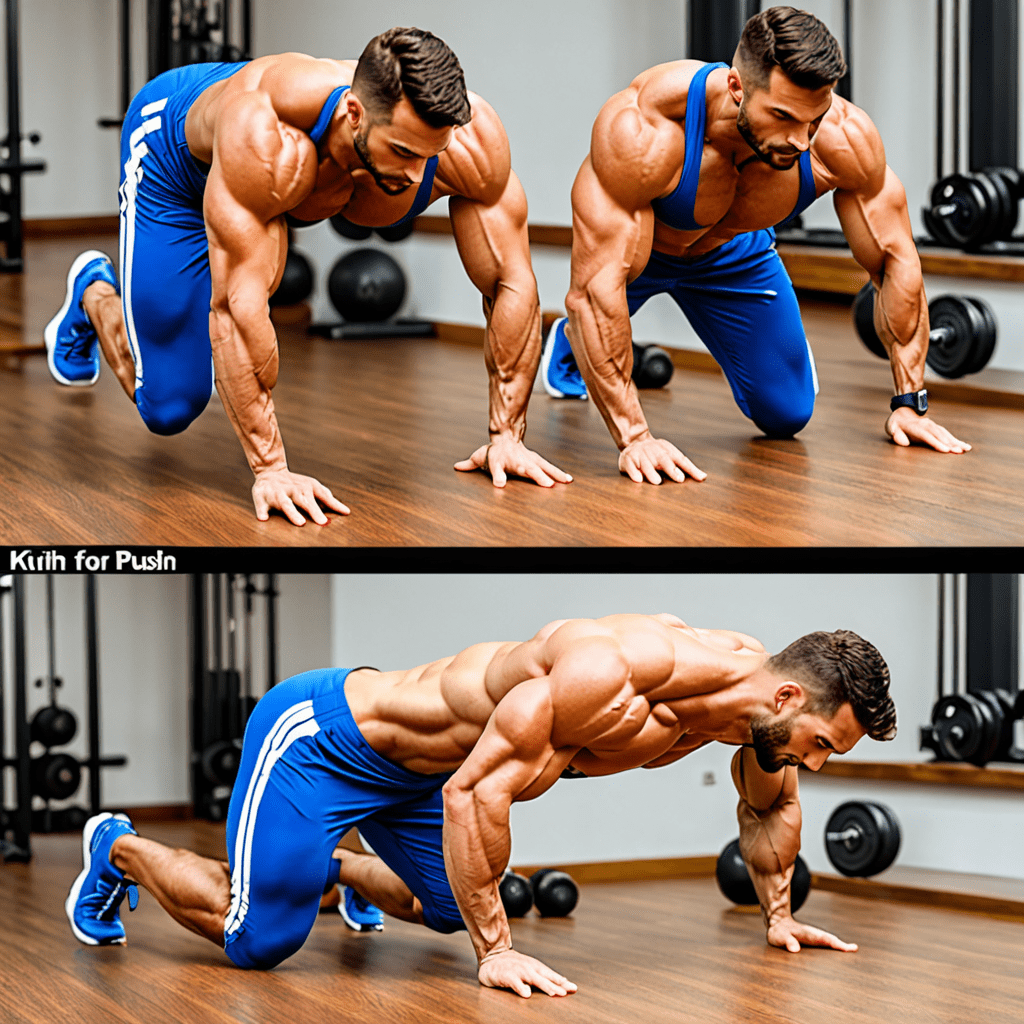
Knuckle Push-Up Tips for Pain-Free Training
Knuckle push-ups can be a challenging yet effective exercise for building upper body strength. However, doing them incorrectly can lead to discomfort or even injury. If you experience pain while performing knuckle push-ups, it’s essential to address the issue to prevent further complications and ensure a safe workout. Here are some tips to help you do knuckle push-ups without experiencing pain.
1. Ensure Proper Knuckle Alignment
When doing knuckle push-ups, it’s crucial to align your knuckles correctly to minimize discomfort. Make sure your knuckles are in line with your wrists and elbows, allowing your weight to be distributed evenly. Misalignment can lead to strain on the wrists and cause pain during the exercise.
2. Gradually Increase Intensity
If you’re new to knuckle push-ups or experiencing pain, consider starting with regular push-ups and gradually transitioning to knuckle push-ups. This gradual progression allows your wrists and knuckles to adapt to the increased pressure, reducing the likelihood of discomfort or injury.
3. Use a Cushioned Surface
To alleviate discomfort while doing knuckle push-ups, consider using a padded or cushioned surface to support your knuckles. This can help reduce the impact on your hands and minimize pain during the exercise. Alternatively, you can use push-up bars or handles to lessen the strain on your knuckles.
4. Focus on Wrist Mobility and Strength
Improving wrist mobility and strength can contribute to a more comfortable knuckle push-up experience. Incorporate wrist stretches and exercises into your routine to enhance flexibility and build strength in the wrist joints, reducing the likelihood of pain or discomfort during knuckle push-ups.
5. Pay Attention to Body Positioning
Proper body positioning is crucial for performing knuckle push-ups without pain. Maintain a straight line from your head to your heels, engaging your core muscles to support your body. Avoid overarching or sagging the lower back, as this can contribute to wrist strain and discomfort.
6. Listen to Your Body
If you’re experiencing significant pain or discomfort during knuckle push-ups, it’s essential to listen to your body. Stop the exercise if you feel sharp or intense pain, as pushing through it can lead to injury. Consult a fitness professional or healthcare provider if you consistently experience discomfort during knuckle push-ups.
7. FAQs About Knuckle Push-Ups and Pain
Q: Can knuckle push-ups cause long-term damage to the wrists?
A: When performed with proper alignment and gradual progression, knuckle push-ups are generally safe. However, incorrect form and overexertion can lead to wrist discomfort and potential injury. It’s essential to prioritize proper technique and listen to your body to prevent long-term damage.
Q: How can I alleviate wrist pain during knuckle push-ups?
A: Using a cushioned surface, incorporating wrist mobility exercises, and ensuring proper alignment can help alleviate wrist pain during knuckle push-ups. Additionally, consulting a fitness professional for personalized guidance can provide valuable insights into addressing wrist discomfort during this exercise.
Q: Are knuckle push-ups suitable for everyone?
A: Knuckle push-ups can be an intense exercise that may not be suitable for individuals with pre-existing wrist or hand injuries. It’s essential to assess your readiness for knuckle push-ups and consider alternative exercises if you experience persistent discomfort or have underlying wrist issues.
By following these tips and prioritizing proper form and technique, you can perform knuckle push-ups without pain, allowing you to benefit from this challenging yet rewarding exercise.

